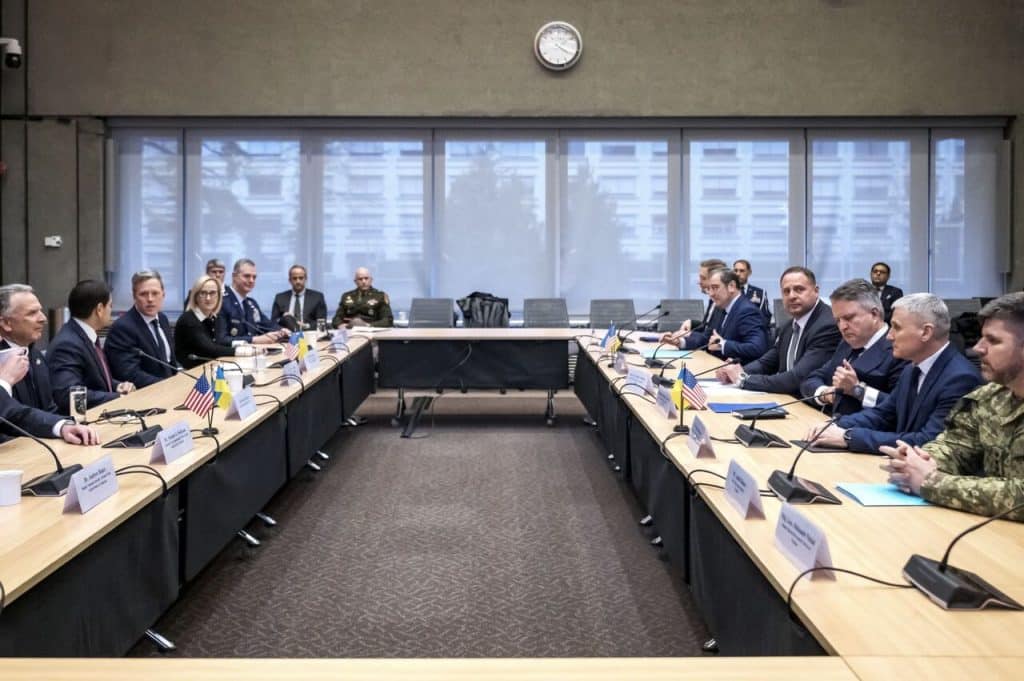Will EU’s Ukraine peace plan end the stalemate?
The Ukrainian diplomatic scene has entered a new phase in recent days with the publication of the full text of the US “28-point plan” to end the war and the subsequent unveiling of the “European version” of the same plan.
The initial plan, which was developed with the Donald Trump administration at the center and in secret talks with Moscow, is based on a series of mutual concessions; from stopping further Russian advances and providing a security guarantee similar to NATO’s Article 5 for Ukraine, to the practical handover of part of the disputed territories, limiting Kiev’s military power, and Moscow’s gradual return to the global economy and the gathering of industrial powers.
In response to the wave of criticism in Europe and Ukraine itself, the three main European powers, namely Britain, France, and Germany, have prepared a separate text that is ostensibly called the “European plan” for peace, but in practice is based on the same skeleton as the US’s 28-point plan.
The text, which was presented to the conflicting parties on the eve of the intensive Geneva meetings and after the leaders’ consultations on the sidelines of the G20 summit in Johannesburg, has marginalized Washington’s proposal clause by clause and has modified or rewritten some controversial provisions, without disrupting the main logic of the deal.
According to published information, in the American version, in exchange for some kind of security guarantee from the United States and its allies, Ukraine must abandon joining NATO, significantly reduce the size of its army, enter into negotiations on the future of the eastern and southern regions within the framework of the current contact line, and practically come to terms with the continued Russian control over parts of Donbass, Kherson, and Zaporizhia.
In return, Russia commits to refraining from further advances, agreeing to the presence of international observers in sensitive areas, such as the Zaporizhia power plant, and gradually being relieved of some of the pressure of sanctions.
The European version ostensibly tries to make this equation more digestible for European and Ukrainian public opinion. In the first paragraphs, Ukraine’s sovereignty and territorial integrity are reiterated more forcefully than in the American text, and the direct reference to “NATO non-expansion” that made headlines in the first draft has been removed.
In the military section, it is also stated that the Ukrainian army will be capped at 800,000 in peacetime, slightly higher than the figures proposed in the initial draft, to convey that Kyiv’s deterrence will not completely dissipate.
However, the same key logic of starting territorial negotiations from the current line of contact and Ukraine’s commitment not to make military attempts to retake Russian-controlled areas has been preserved. This point, in the view of many Ukrainian observers, constitutes the controversial essence of the draft.

